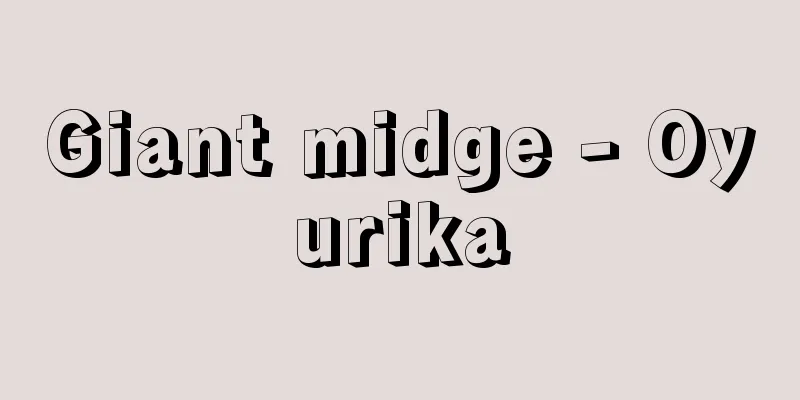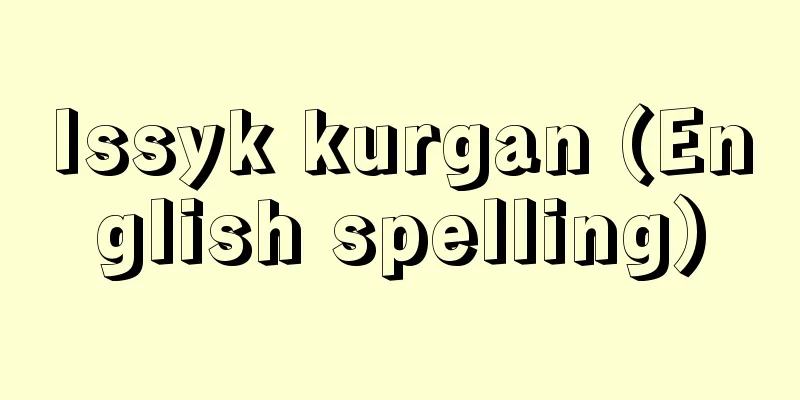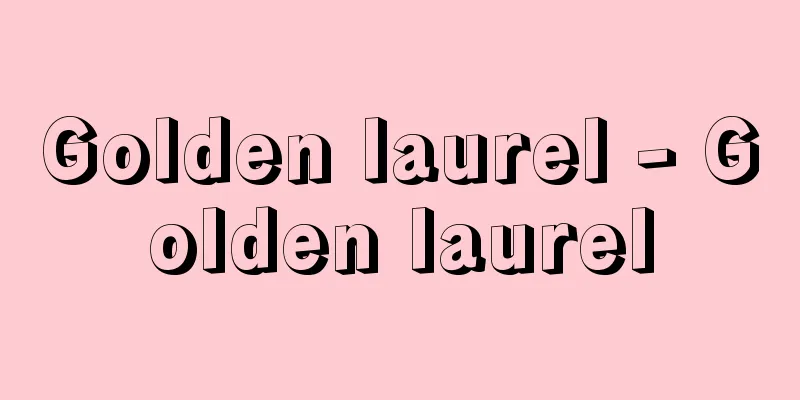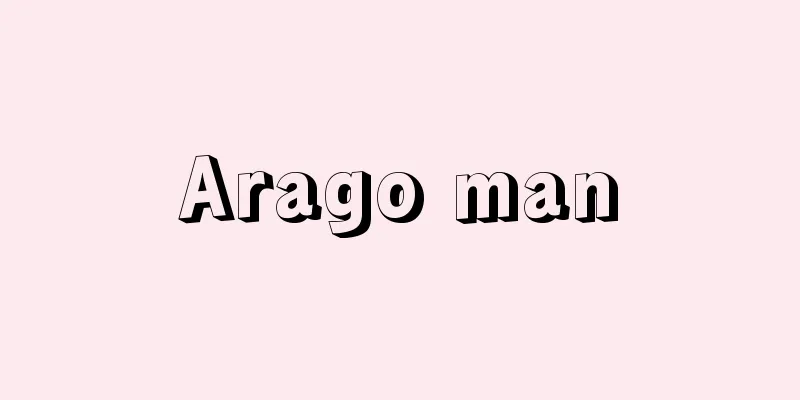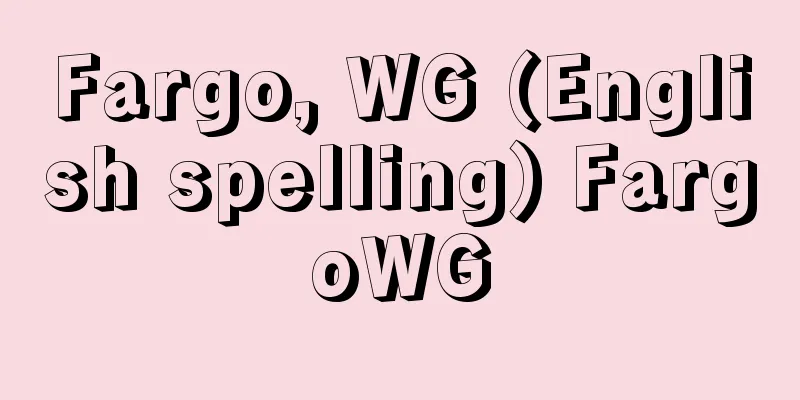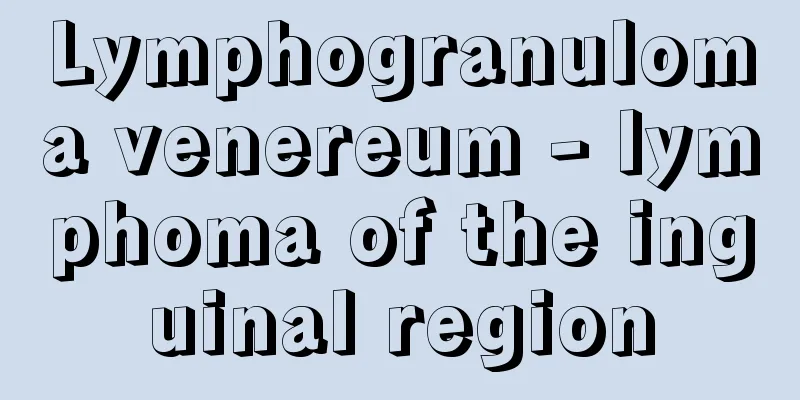Vincent van Gogh
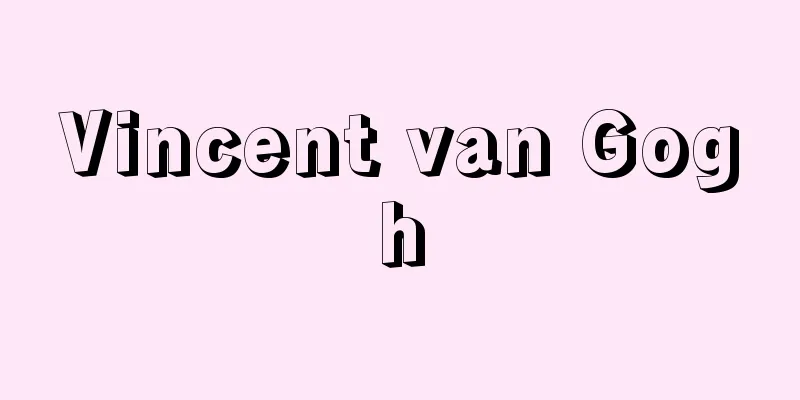
|
Dutch painter. Belonging to the Post-Impressionist movement. In his short life and even shorter career of about 10 years, Van Gogh continued to show passion and devotion to everything he did, and continued to paint until he was completely consumed with it. His subjective and expressive tendencies became the most influential starting point for 20th century Expressionism and Fauvism. He also wrote many letters throughout his life to his friends Van Lapard and Emile Bernard, as well as to his brother Theo, who was his greatest understanding and supporter. These extensive collections of letters, in themselves epistolary and confessional literature, not only arouse strong interest in the person and life of Van Gogh, but also serve as valuable material showing the connection to his works. Van Gogh was born on March 30, 1853 in Groot-Zundert, the Netherlands, to a pastor. His family had many clergymen and decorative artists. He showed an interest in drawing from an early age, but changed jobs several times before deciding to become a painter in 1880. In 1869, Van Gogh worked at the Hague shop of art dealer Goupil, who was connected to his uncle, and in 1873 he was transferred to a shop in London. Two years later he moved to the Paris branch, and then worked as a language teacher in London, a bookstore in Dordrecht in 1877, a missionary training school in Brussels in 1878, and as a provisionally qualified missionary in the coal mines of the Borinage in the same year. In 1880 he decided to become a painter and studied painting in Brussels. He continued his studies in Etten in 1881, The Hague from the end of the same year in 1883, Nuenen from 1883 to 1885, and Antwerp (Anvers) in 1885, but it was during his time in Nuenen that he began to paint in earnest, and his representative works include The Potato Eaters (1885, Rijksmuseum Amsterdam and Kröller-Müller Museum). He spent his time in Paris from February 1886 to February 1888. He frequented Cormon's studio and became acquainted with Toulouse-Lautrec, as well as Pissarro, Gauguin, and Bernard. During his time in Paris, he was influenced by the Japanese prints and Neo-Impressionism he had already encountered in Antwerp, and in the atmosphere of Parisian life, his colors changed completely to brighter colors, and his brushstrokes became Neo-Impressionist pointillism. He produced around 200 oil paintings during this period. However, life in Paris exhausted Van Gogh both physically and mentally, so he moved to Arles in February 1888 to recuperate and to find a base for artistic activities that would surpass the Impressionist and Neo-Impressionist schools. He stayed in Arles until May of the following year. At least this year of 1888 was a time when Van Gogh's work made a great leap forward, and he produced works that would become the pinnacle of his artistic talent. Works such as "The Drawbridge at Arles," "Sunflowers," and Portrait of the Postman Moulin and His Family were a period in which Van Gogh's original world was established, with its strong colors, expressive brushstrokes, and stable composition. In response to Van Gogh's call to build a new artistic village, he began living together with Gauguin in the autumn of the same year. Their mutual stimulation influenced each other, and Van Gogh also partially adopted a syntheticist decorative system. However, their strong personalities were incompatible with each other, and on December 23rd, Van Gogh's first attack occurred, and he tried to slash Gauguin with a razor, but failed, and cut off his own ear, which became the "ear-cutting incident." Van Gogh was hospitalized and was readmitted the following March. In May 1889, he was transferred to the hospital in Saint-Remy, and the period until May of the following year was known as the Saint-Remy period. He suffered from three seizures and weakness here, but apart from that, he was able to paint in a relatively free environment and also went out to sketch outside the hospital. During this period, Van Gogh's inner expression was sharply expressed through the form, rhythm of his brushstrokes, and choice of theme. His work "Café at Night" (1888, Yale University Art Gallery) from his Arles period already expressed "terrible passion with red and green," and in recent years, the symbolic language of his works has been deciphered in various ways through psychoanalytic analysis in Van Gogh research. During his Saint-Remy period, Van Gogh's emotional turmoil was directly conveyed in the earth, cypresses, and fantastic night sky. His works include "Yellow Wheat and Cypresses" (1889, National Gallery, London) and "Starry Night" (1889, Museum of Modern Art, New York). On the other hand, there are also works that use neutral colors mixed with white, such as violet, which represent a gloomy inner state. In May 1890, he moved to Auvers-sur-Oise, where Dr. Gachet, a doctor close to the Impressionists, stayed, where he recuperated and painted under Gachet's supervision. During this final period, as in the Saint-Rémy period, Van Gogh's inner ups and downs were embodied in his works in more frequent cycles, with the latter occurring more frequently. For example, "Wheat Field with Crows" (Van Gogh Museum) and "Stormy Sky and Field" (Van Gogh Museum), both of which were painted in July 1890, are painted with strong brushstrokes and quick finishing, but the color systems are completely different, showing excitement and decline. What seems to have exacerbated his mental turmoil was the poor business performance of his brother Theo, who supported him throughout his life, as an art dealer. On July 27 of the same year, he attempted suicide with a pistol, and died on the 29th. The latest complete catalogue of Van Gogh's works (1970), compiled by de La Faille, lists more than 850 oil paintings. The Kröller-Muller Museum in Otterlo, Netherlands, and the Van Gogh Museum in Amsterdam are world-famous for their collections of Van Gogh's works. [Kimio Nakayama] "Complete Works of Modern World Art 8: Van Gogh" with commentary by Nakayama Kimio (1970, Shueisha)" ▽ "Van Gogh" by Kamon Yasuo (1967, Obunsha)" ▽ "World Biography Series 6: Van Gogh" by Camille Bournicquer et al., supervised by Abe Yoshio in translation (1984, Shogakukan)" ▽ "Complete Works of the Letters of Van Gogh, translated by Futami Shiro, Usami Eiji et al., 6 volumes (1984, Misuzu Shobo)" [References] | | | | Toulouse [Chronology] |1887 Oil painting (Collection of the Art Institute of Chicago ) Self-Portrait by Van Gogh 1887 Oil painting , Metropolitan Museum of Art Sunflowers by Van Gogh 1885 Oil painting , Metropolitan Museum of Art Van Gogh's "Potato Peeler" 1889 Oil painting , Metropolitan Museum of Art Van Gogh's "Wheat Field and Cypresses" 1889 Oil painting (Collection of the Art Institute of Chicago ) Van Gogh's "Bedroom in Arles" Source: Shogakukan Encyclopedia Nipponica About Encyclopedia Nipponica Information | Legend |
|
オランダの画家。後期印象派に属する。その短い生涯、さらに短い約10年ほどの画歴のなかで、あらゆるものに対する熱情と献身的な姿勢を示し続け、絵画に対しても同様に自身を燃焼し尽くすまで描き続け、その主観的、表現的な傾向は、20世紀の表現主義、フォービスムのもっとも影響力の多い原点となった。またその生涯にわたって友人のバン・ラパールやエミール・ベルナール、彼のもっともよき理解者であり後援者でもあった弟のテオに多くの手紙を書いたが、その膨大な書簡集は、それ自体「書簡文学」「告白文学」としてゴッホの人と生涯に対する強い関心を喚起するだけではなく、作品とのかかわりを示す貴重な資料となっている。 ゴッホは1853年3月30日オランダのフロート・ツンデルトに牧師を父として生まれる。家系には聖職者と装飾芸術家が多く出ている。幼児時代以来、素描に興味を示したが、80年画家になることを決意するまでいくつかの職を転々としている。69年、ゴッホは伯父の関係していた画商グーピルのハーグの店に勤め、73年にはロンドンの店に転勤。さらに2年後にはパリ支店に移り、ついでロンドンでの語学教師、77年ドルドレヒトの書店、78年ブリュッセルの伝道師養成所、同年ボリナージュの炭鉱での仮資格の伝道師としての勤務などがある。80年画家を決意、ブリュッセルで絵画を学ぶ。81年エッテン、同年末から83年ハーグ、83~85年ヌエネン、85年アントワープ(アンベルス)と各地で勉強を続けたが、本格的な画作の始まりはこのヌエネン時代で『じゃがいもを食べる人たち』(1885・アムステルダム国立美術館およびクレラー・ミュラー美術館)などがその代表作。 1886年2月から88年2月までパリ時代。コルモンの画室に通い、ロートレックと知り合い、さらにピサロ、ゴーギャン、ベルナールたちとも知り合う。パリ時代は、すでにアントワープで知っていた浮世絵と新印象主義の影響下に、そしてまたパリの生活の雰囲気のなかで、色彩は一変して明るくなり、筆触は新印象主義風の点描となる。この時期約200点の油彩が制作された。 しかしパリでの生活は心身ともにゴッホを疲労させ、その療養と、他方では印象派、新印象派を超える芸術活動の拠点であることを目ざして、1888年2月アルルに移る。翌年5月までアルル時代。少なくともこの88年は、ゴッホの制作が飛躍的な展開を遂げ、彼の画作の頂点となる作品が生み出される時期である。『アルルの跳ね橋』『ひまわり』、あるいは郵便夫ムーランとその家族の肖像など、色彩の強さ、筆触の表現力、構図の安定性など、ゴッホの独創的世界の確立期である。新しい芸術村の建設を夢みる彼の呼びかけに応じ、同年秋からゴーギャンとの共同生活がなされる。その相互刺激は双方に影響を与え、ゴッホも総合主義風の装飾体系を部分的に取り入れた。しかし強烈な個性は互いに相いれず、12月23日ついにゴッホの最初の発作がおこりかみそりでゴーギャンに切りつけたが果たさず、自らの耳を切り落とすという「耳切り事件」となる。ゴッホは入院、翌年3月にも再入院。 1889年5月、サン・レミの病院に移り、翌年5月までがいわゆるサン・レミ時代。ここでも3回にわたり発作と脱力状態にみまわれるが、それ以外のときは、比較的自由な環境のもとで描き、病院外へも写生に出かけている。この時期は、ゴッホの内面の表現が、形態や筆触のリズム、テーマの選択などにより鋭く表面化する。すでにアルル時代の『夜のカフェ』(1888・エール大学美術館)で「赤と緑による恐るべき情念」の表現がなされており、また近年のゴッホ研究における精神分析的な解明によって、彼の作品の象徴言語の解読がさまざまになされているが、サン・レミ時代には、ゴッホの心の動揺そのものが、大地や糸杉や幻想的な夜空などにそのまま託される。『黄色い麦畑と糸杉』(1889・ロンドン、ナショナル・ギャラリー)、『星月夜』(1889・ニューヨーク近代美術館)など。他方、白を混ぜた中間色、すみれ色など、沈んだ内面を表徴する作品群もみられる。 1890年5月、印象派に親しい医師ガシェの滞在するオーベル・シュル・オワーズに移り、ガシェの監督下に療養と画作を行う。この最後の時期には、サン・レミ時代同様、ゴッホの内面の高揚と沈静がより頻繁な周期で作品に具体化し、後者がより多い。たとえば『カラスのいる麦畑』(ゴッホ美術館)、『荒れ模様の空と畑』(ゴッホ美術館)はいずれも90年7月の作品で、ともに強い筆触、すばやい仕上げで描かれているが、色彩の体系はまったく異なり、興奮と下降を示している。こうした彼の精神の動揺に拍車をかけたのが、終生彼を援助した弟テオの画商としての経営状態がよくなかったことであったらしい。同年7月27日彼はピストル自殺を試み、29日没。ド・ラ・ファイユが編集した最新の全作品目録(1970)は850点以上の油彩作品を数え上げている。なおオランダのオッテルローにあるクレラー・ミュラー美術館、アムステルダムのゴッホ美術館はゴッホの収集で世界的に有名。 [中山公男] 『中山公男解説『現代世界美術全集8 ゴッホ』(1970・集英社)』▽『嘉門安雄著『ゴッホ』(1967・旺文社)』▽『カミーユ・ブールニケル他著、阿部良雄監訳『世界伝記双書6 ヴァン・ゴッホ』(1984・小学館)』▽『二見史郎・宇佐美英治他訳『ファン・ゴッホ書簡全集』全6巻(1984・みすず書房)』 [参照項目] | | | | [年表] |1887年 油彩シカゴ美術研究所所蔵"> ゴッホ『自画像』 1887年 油彩メトロポリタン美術館所蔵"> ゴッホ『ひまわり』 1885年 油彩メトロポリタン美術館所蔵"> ゴッホ『じゃがいもの皮をむく人』 1889年 油彩メトロポリタン美術館所蔵"> ゴッホ『麦畑と糸杉』 1889年 油彩シカゴ美術研究所所蔵"> ゴッホ『アルルの寝室』 出典 小学館 日本大百科全書(ニッポニカ)日本大百科全書(ニッポニカ)について 情報 | 凡例 |
Recommend
Haya - Haya
Among the freshwater fishes belonging to the orde...
Molten Salt Reactor - Yoyuenro
A nuclear reactor that extracts heat by circulatin...
The country of Luoyuan
...It is believed to be a burial mound from aroun...
Madurodam (English spelling)
A miniature city on the outskirts of The Hague, Ne...
Astringent persimmon
[1] 〘Noun〙 (also "shibu kaki" (pickled p...
Transference
...Also, the encouragement of free association, i...
Indirect Strategy
…Mao Zedong's theory of people's war is a...
Gilbert, C.
…Height: 222.2m. Designed by Cass Gilbert (1859-1...
Horse shoes - Horse shoes
...Waraji with the side straps cut off and attach...
Kashima (Nagasaki) - Kashima
...Population: 3,684 (1995). The area is made up ...
Bungotakada [city] - Bungotakada
A city in the west of the Kunisaki Peninsula in Oi...
Scenery - Keigoto
Also called "keiji." Short for "kei...
Magistrate of the Imperial Forest
〘Noun〙 The title of a job in the Edo Shogunate. Th...
Lavender - lavender (English spelling)
A small shrub of the Lamiaceae family (APG classi...
Muggiaea spiralis (English spelling)
… [Minoru Imajima]. … *Some of the terminology th...

